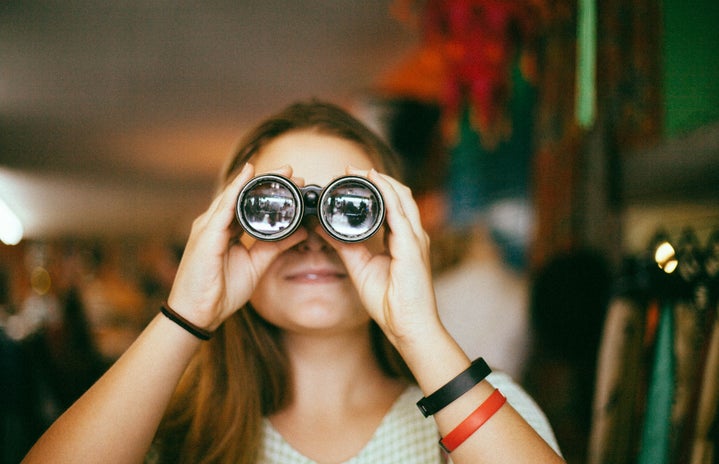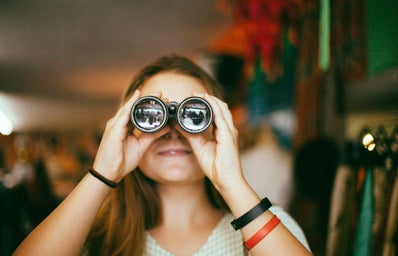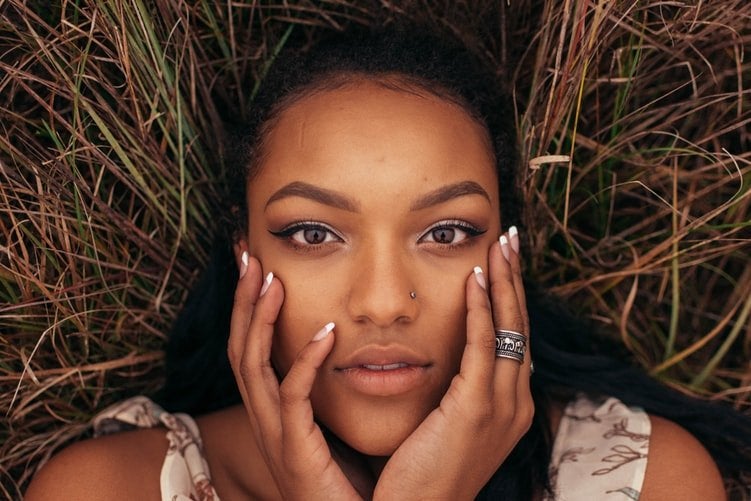Though subtle, I felt them. They found their way onto my face, passed the corner of my eye and left their skin-deep mark.
What were these things that I felt as my fingertips rubbed right under my eyes as I woke up?
They were small creases. Little wrinkles. Tiny grooves right on the edges of my eyes.
Like most 21-year-olds who find any blemish on their face, I was concerned. Me. A 21-year-old. With … wrinkles? My face should be free from furrows and folds…at least at this point in my life.
Well, all I had to do was take a look in the mirror to realize that yes, I had those furrows and folds. Though small, they were there.
This prompted me to think about how they ended up there. Maybe I had scratched myself? Or it could’ve just been the way I had slept.
And then it hit me.
I had these creases because I have been busy squinting and staring and seeing.
With Covid requiring masks on my college campus, I’ve been forced to really look at the PowerPoint on the board, the notes in front of me and, most importantly, the people I interact with. Many of us have been forced to do this as various D.C. colleges and other universities require masks on campus.
Before wearing these masks, I’d rely on cues from a person’s entire face to understand and connect with them. A slight smile or crinkled nose could tell me so much.
But now, all I have, like most of us, are two eyes that have to carry a much heavier weight than before. And from what I can tell based on the minuscule twists and turns surrounding my eyes, they’re doing a damn good job at it, too.
Essentially, my eyes have become my assets. And they can be yours, too.
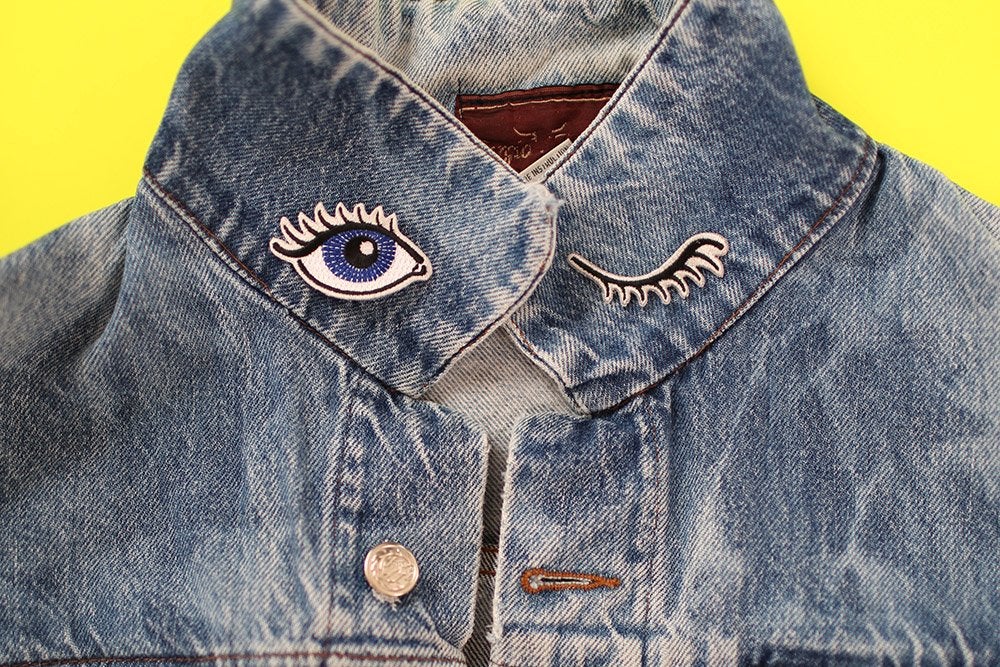
This past semester, I’ve witnessed the power of our eyes. Not only do they help us see and learn, but they’re also sources of connection and empathy. They help us really see, acknowledge, and value one another. All of these things are vital for us as college students- and as humans in general.
Indeed, eyes are powerful. To see and to be seen… this is something special.
And I know this because I was seen this past semester. A few months ago, I wrote to my religion professor about how so many Jewish students struggle with having class on the high holiday of Rosh Hashanah because we have to choose between our religion and school.
After he read my email, he canceled class.
He saw me. He acknowledged me. He made my eyes well up with tears. Never had I been seen like that before.
I was also seen when the president of American University responded to an email I had sent her about how AU’s administration mislabeled an anti-Semitic occurrence on campus.
She noted all of my concerns and apologized- not just to me, but to the entire AU community.
Let me say this again: Sylvia Burwell, president of American University, took the time out of her day and saw my concerns. She saw me.
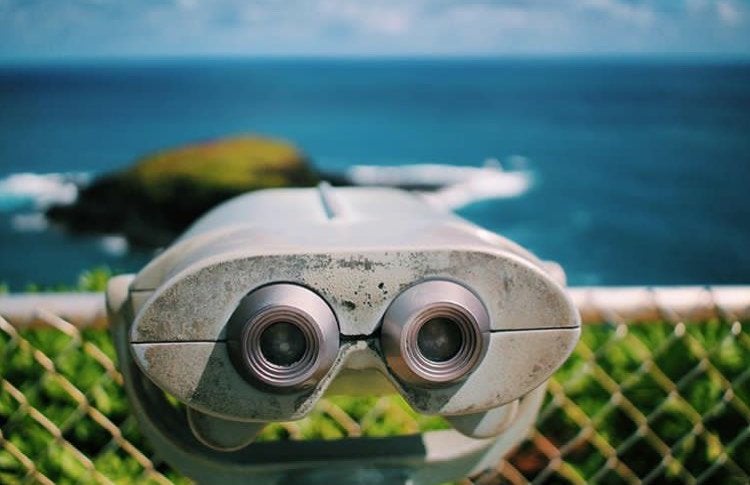
Importantly, these moments of being seen have taught me the importance of seeing others. Every day, I try to see anyone and everyone. Whether this means smiling at strangers on the street or acknowledging someone’s concerns, I look at people. Like, really look at them.
And you can do this, too. We can all feel lonely. We can all feel ignored. And we know that mental health problems are prevalent amongst young adults and many others. So, why not see that person you see hiding in the corner? Why not see that person having a bad day or a good day? Why not use your eyes for something more than just squinting at the board?
Our eyes are gifts, and we ought to seek opportunities to truly see the world, those around us, and ourselves. We must seek sight.
So, yes, I have some weird creases around my eyes. But I wouldn’t want it any other way.
In fact, I’m happy to have these creases and wish them upon you, too. For if that means we’re seeing and acknowledging each other, then the creases are worth it.
